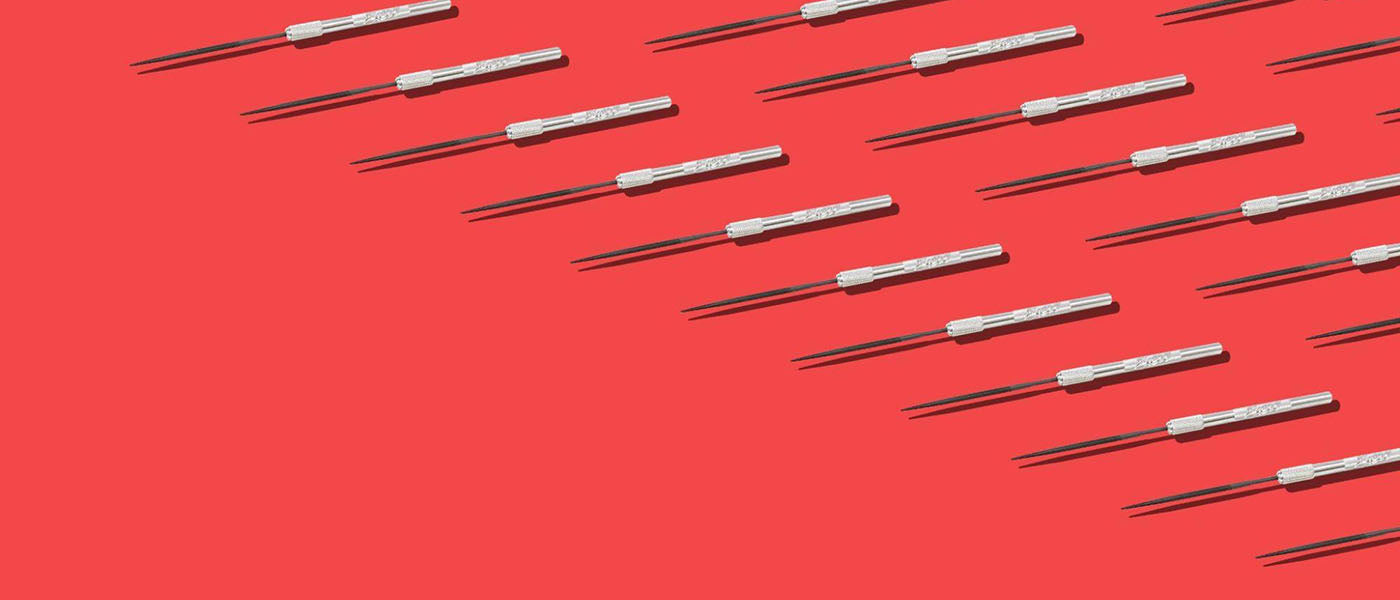
Types of Files Tools & What They're Used for
A filing tool doesn’t just smooth out the rough surfaces and edges, it also shapes, trims and creates a surface area.
Files are used in an array of artisanal, professional and even craft industries. Metal smiths, jewelry designers use files to create and shape their creations. Woodworkers, carpenters use them to shape, smooth and sculpt wood and wooden details. Files are an artist’s tool, a woodworker's tool and a craft tool.
Not just for smoothing, many DIYers and professionals will tell you that when gluing two items together, it’s recommended to rough up the surfaces before applying glue to them so that they stick and hold better.

Four-Way Sharpening File
A four-way sharpening file is a large multi-purpose filing tool that is used to smooth surfaces, rough up surfaces, enlarge, shape and trim. It features four different filing patterns and surfaces including equaling, half-round and square. Used in woodworking, model building, metalsmithing, carpentry and more! It’s a well-rounded tool that's good to have around the workshop. Pair this with a self-healing cutting mat to keep your countertops protected during all of your projects and crafts.
Add A Self-Healing Cutting Mat to Your Station

Needle Files
So-called due to their shape, needle files are long and narrow. These also come in several sizes depending on the desired precision and detail of the project, you can select a mini set or a standard set. Files are generally named after their shape, read below for a few of the common precision files.
Square File
This file has four right angles. Use it to straighten curved or concave surfaces, sharpen trimmer blades or saws and enlarge or smooth out openings.
Triangle File
This file, as you probably already guessed, has a three-sided profile. Used for smoothing surfaces, enlarging openings and sharpening.
Round File
This type of filing tool has a cylindrical profile. It’s ideal for smoothing out and enlarging round openings in wood, soft metals and other shapeable materials.

Flat File & Equalling File
These files are flat on both sides and have defined angled edges. Used for smoothing and filing off materials. A flat file has a pointed tip, whereas the equalling file has a rectangular tip.
Half-Round File
As the name suggests, this file is flat on one side and round on the other side. This filing tool is used for shaping and other detailed precision work that requires that specific shape.

Besides having shapes, files also have surfaces or grades that dictate what task and purpose they’ll be used for.
Rasp-cut file has a surface that is… well, “raspy”. It’s coarse with distinct pointy teeth. This is used to shape material and remove material before any of the smoothing and finishing work takes place.

The Bastard cut is a cross-hatch pattern that’s spaced out, whereas Super Smooth is a cross-hatch pattern that’s very close together. The spacing indicated the level of smoothness the file will create on the surface.
Final Thoughts
As noted, there are plenty of options when it comes to files. Whatever project you are working on, there is a file that can help you finish your project.
You May Also Watch: Sanding Sticks & Sanding Belts on Clay